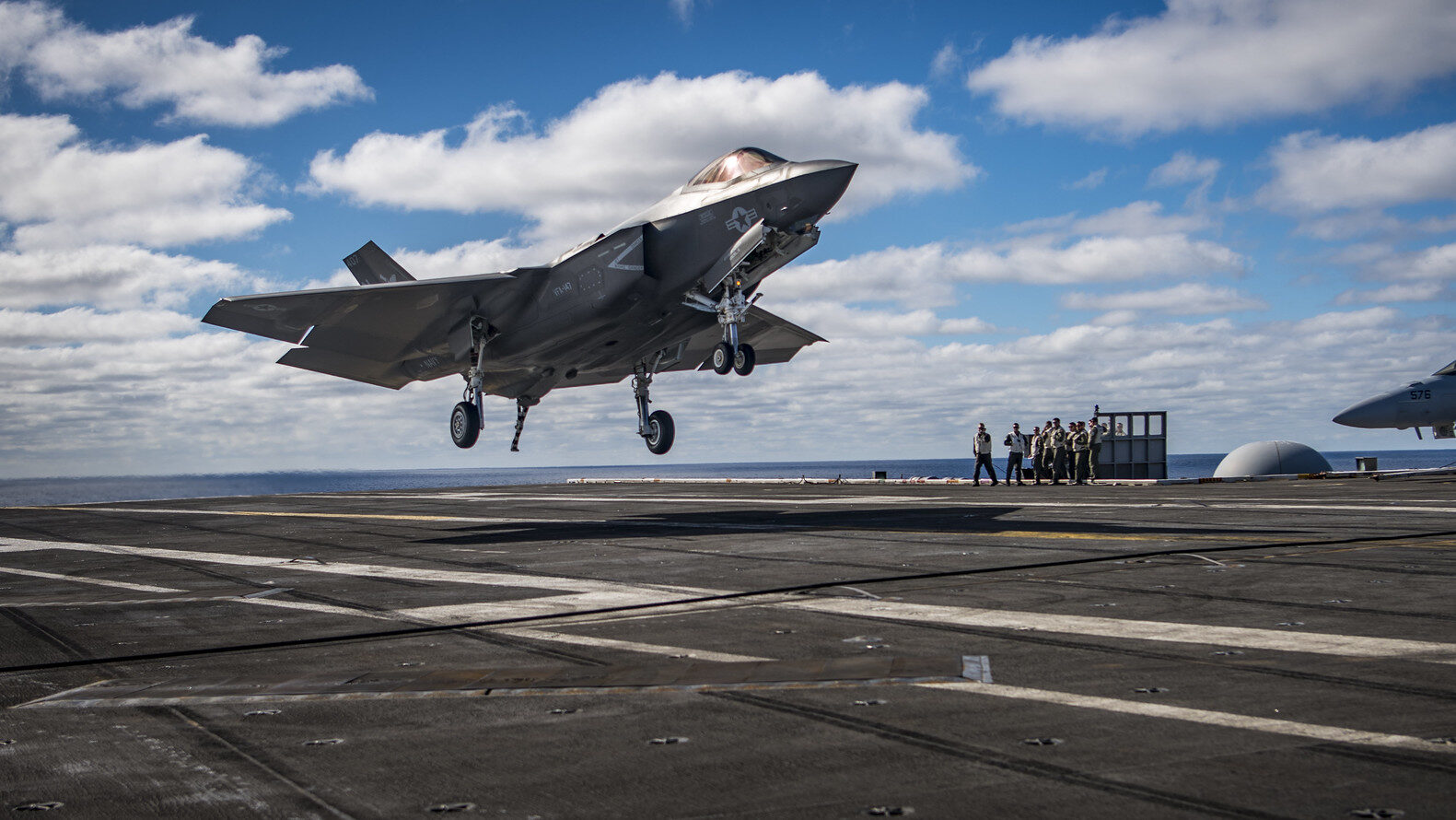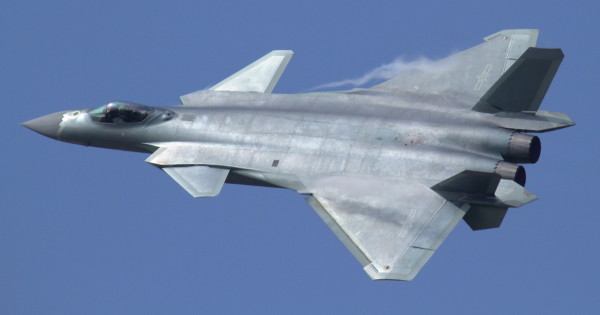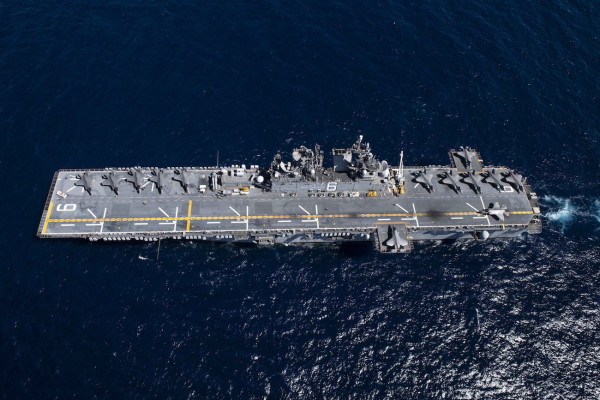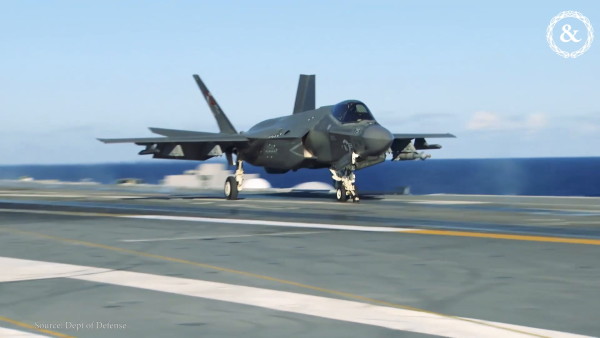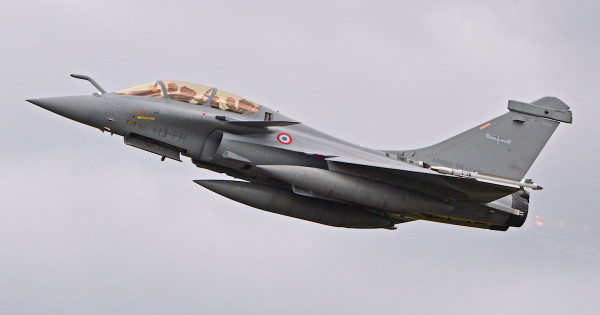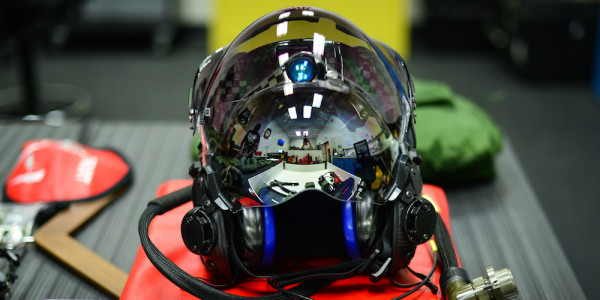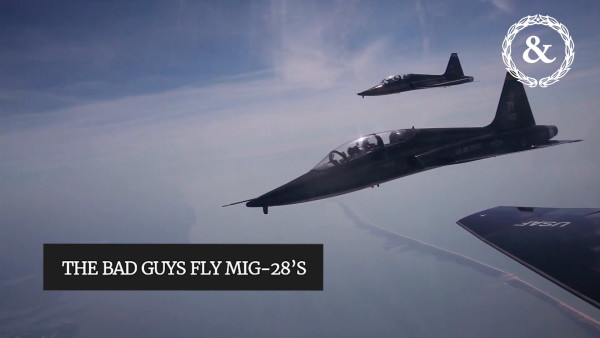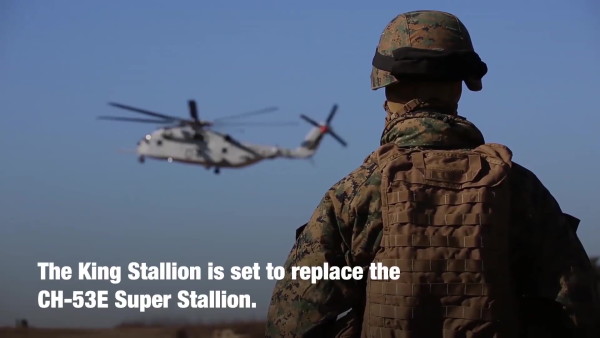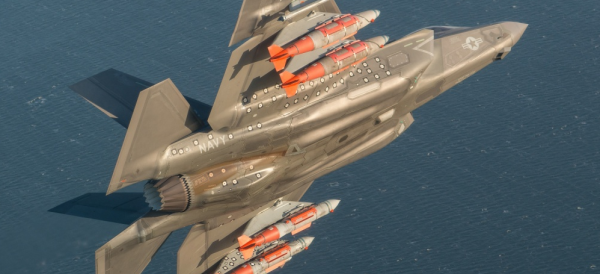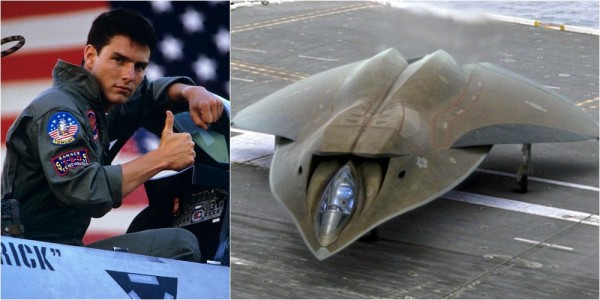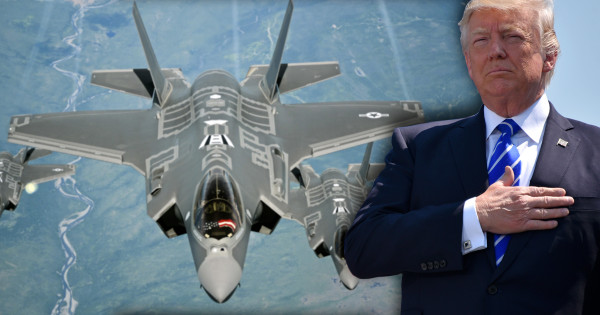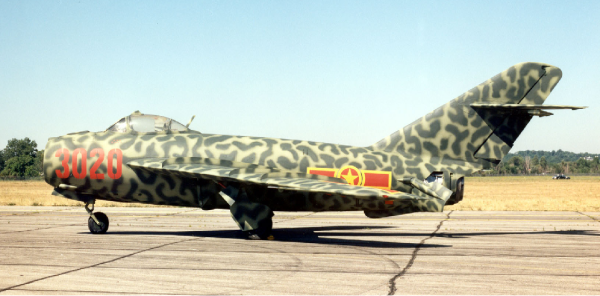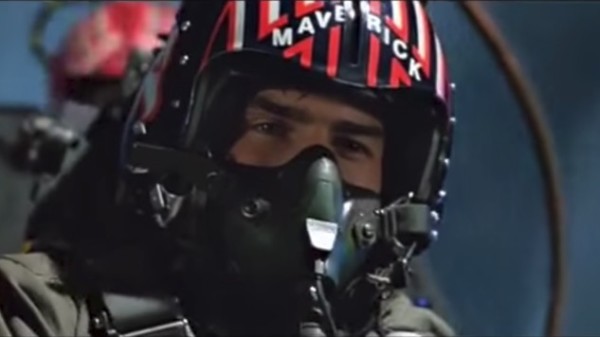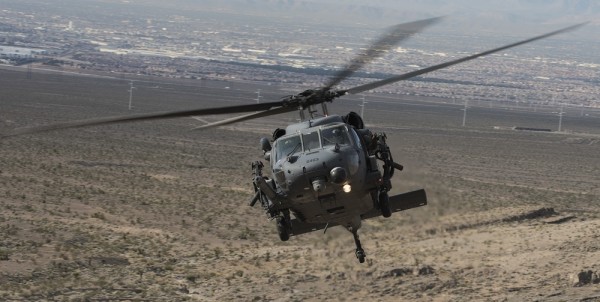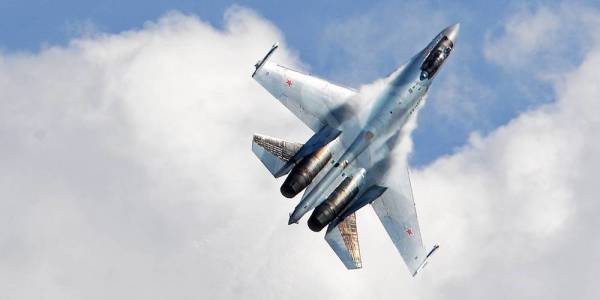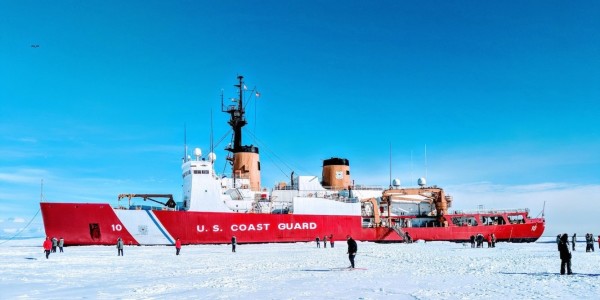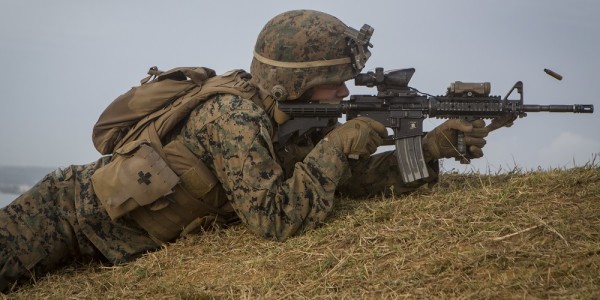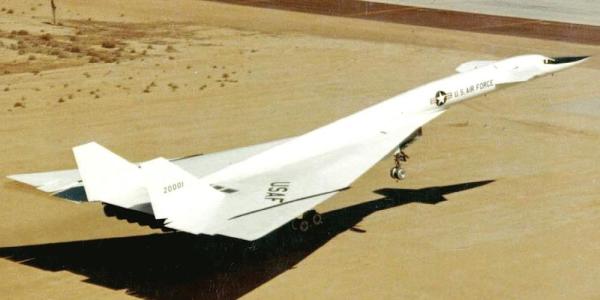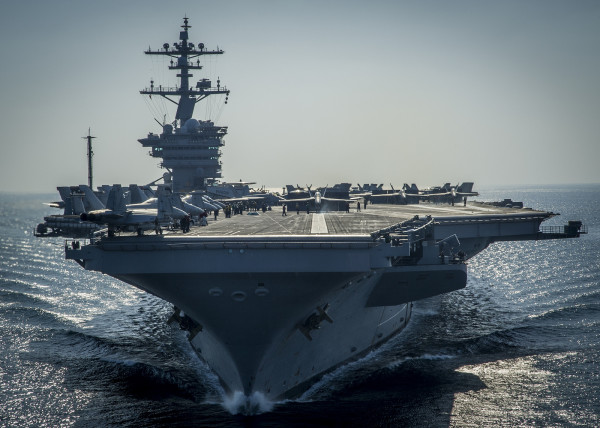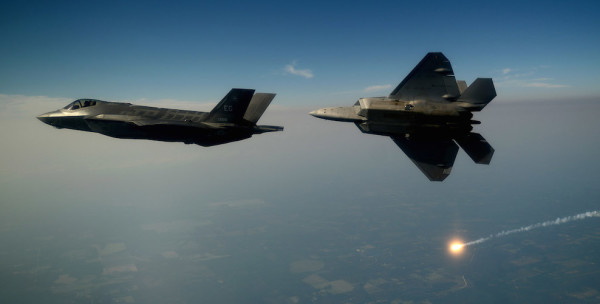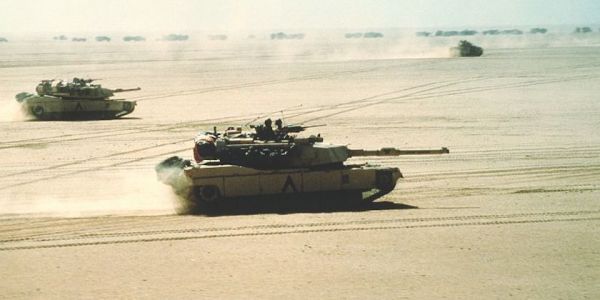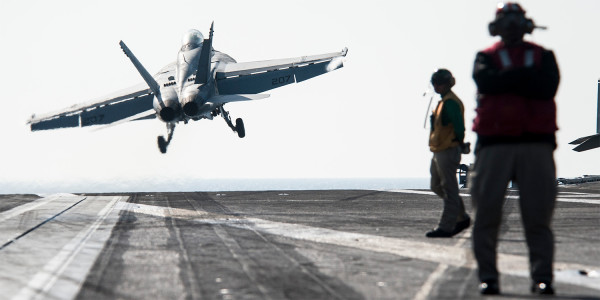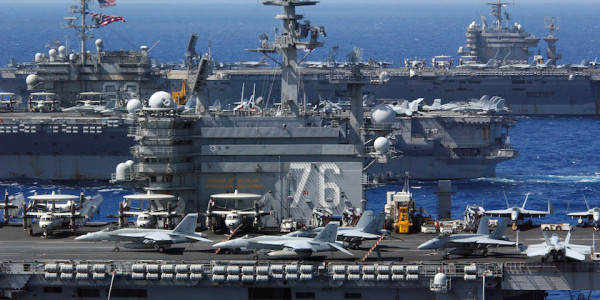The new year has started with two mishaps for the extremely expensive and notoriously buggy F-35 Joint Strike Fighter: One sank into the South China Sea and another made a belly landing after it was hit by a bird.
On Monday, a Navy F-35C from Carrier Air Wing 2 suffered a “landing mishap” while on the deck of the aircraft carrier USS Carl Vinson. Seven sailors were injured, including the pilot who was forced to eject when the aircraft fell from the deck of the carrier into the South China Sea, where the USS Carl Vinson has been operating along with USS Abraham Lincoln and other Navy vessels. This was the first deployment for the F-35 aboard an aircraft carrier.
“Impact to the flight deck was superficial and all equipment for flight operations is operational,” a Navy spokesman told The War Zone earlier this week. “Carrier Air Wing (CVW) 2 and USS Carl Vinson (CVN 70) have resumed routine flight operations in the South China Sea.” This was the first deployment for the F-35 aboard an aircraft carrier.
What plans the Navy has for recovering the airframe remains unclear.
“As we do on a daily basis, we have ships in the area conducting routine operations for a free and open Indo-Pacific,” Lt. Nicholas Lingo, a public affairs officer with the 7th Fleet told Task & Purpose. “We are taking appropriate planning actions to salvage our aircraft and recover in a timely manner as we have done in the past.”
While the exact location of the crash site is unknown, China has claimed extensive portions of the South China Sea as its own.
Earlier this month, an F-35A from the Republic of Korea Air Force (ROKAF) was forced to make a belly landing during a training mission. The incident, which occurred Jan. 4 at Seosan Air Force Base in the western province of South Chungcheong, was reportedly caused by a “major systems malfunction” that prevented the aircraft’s landing gear from being deployed.
An investigation conducted by ROKAF concluded that a bird strike into the engine of the F-35A was the probable cause of the accident.
“All systems had stopped working except flight controls and the engine,” said Shin Ok-chul, the ROKAF vice chief of staff, following the incident.
Another South Korean air force official told Stars and Stripes, “Its landing gear should have been down, but it wasn’t.”
The pilot remained with the aircraft and made a belly landing at Seosan, likely the first attempted with the F-35.
This is not the first time that an F-35 has run afoul of fowl. In 2019 a collision between an ordinary bird and a $120 million F-35B caused $2 million in damage, Popular Mechanics reported in May of that year.
Nor is it the first time that an F-35 has taken a splash. Last year, a British F-35B crashed into the Mediterranean Sea after takeoff from the Royal Navy aircraft carrier HMS Queen Elizabeth. After two weeks of combing the seafloor for the aircraft, it was recovered and hauled back to the surface.
While aircraft procurement can be a fraught endeavor — see the F-16 circa 1977 — the development and fielding of the F-35 has been a notoriously long and expensive process, fraught with costly setbacks, from cabin pressure spikes to peeling stealth coating. As the advanced, fifth-generation fighter has begun to make its debut in the field, there have also been multiple crashes and gear collapses during landing.
With two crashes in less than a month, 2022 is shaping up to be no different when it comes to this aircraft’s development.
What’s hot on Task & Purpose
- A Marine was asked ‘how many people have you killed?’ His response was perfect
- Abandoned Air Force base with underground tunnels posted for sale on Facebook
- Air Force maintainers are getting new ‘janitor grey’ coveralls
- The Marine Corps is officially flying its ‘most powerful’ helicopter ever
- ‘Sidewalk,’ ‘Terminally Stupid,’ and ‘Meatloaf’ — How military pilots get their call signs
Want to write for Task & Purpose? Click here. Or check out the latest stories on our homepage.

